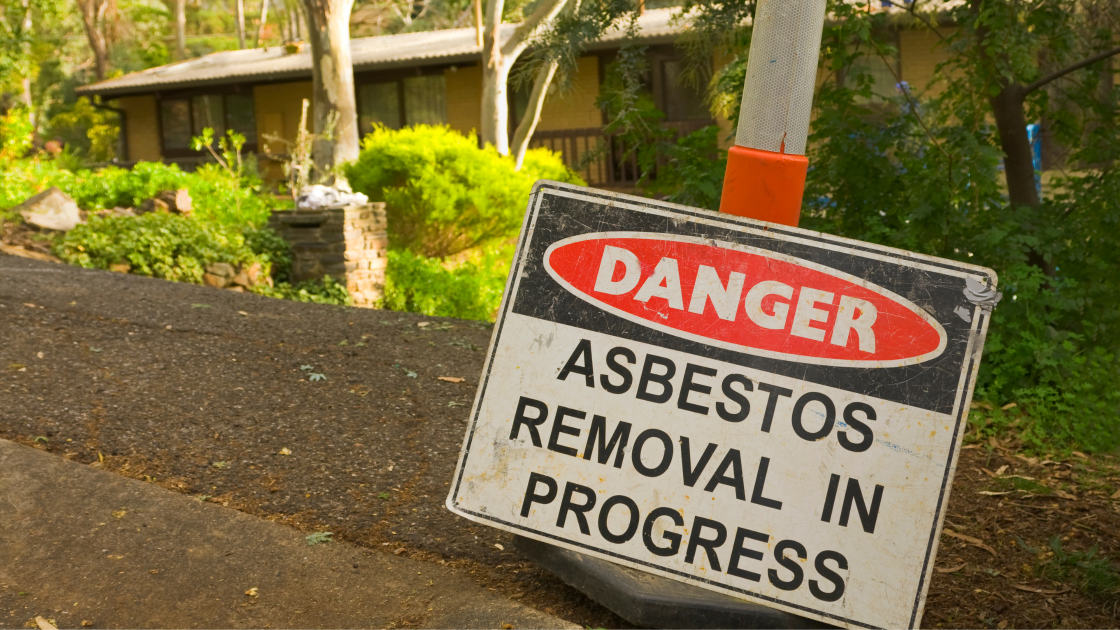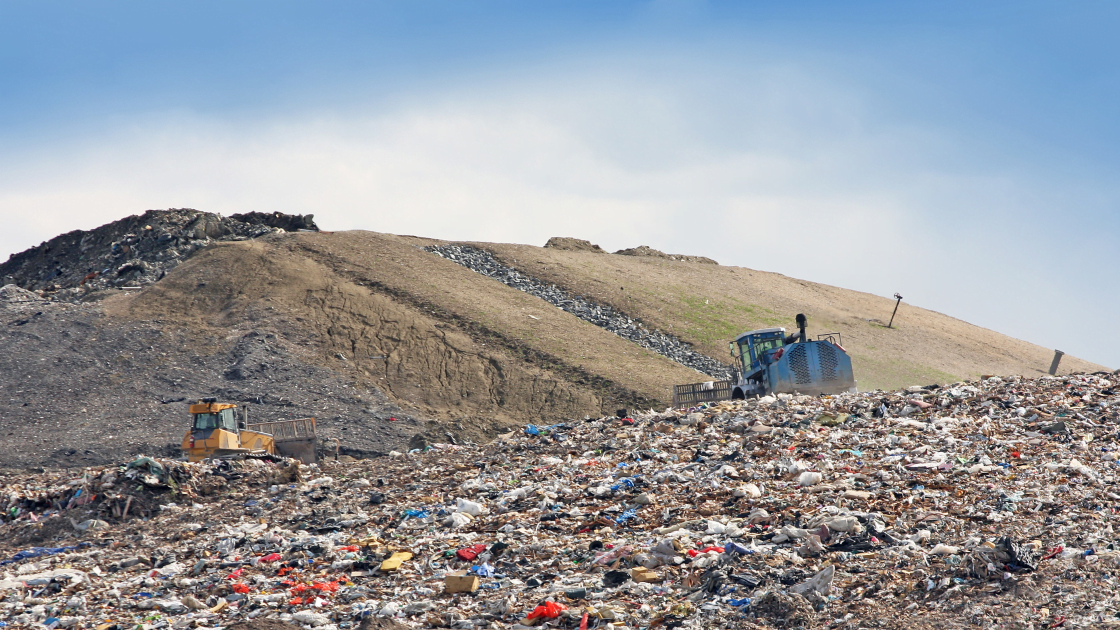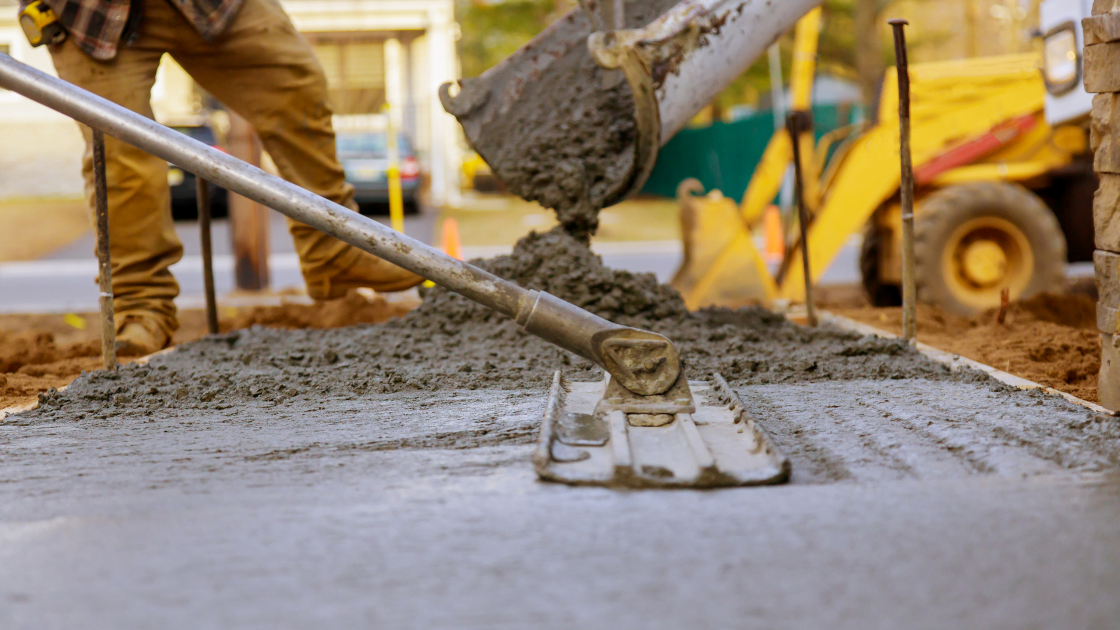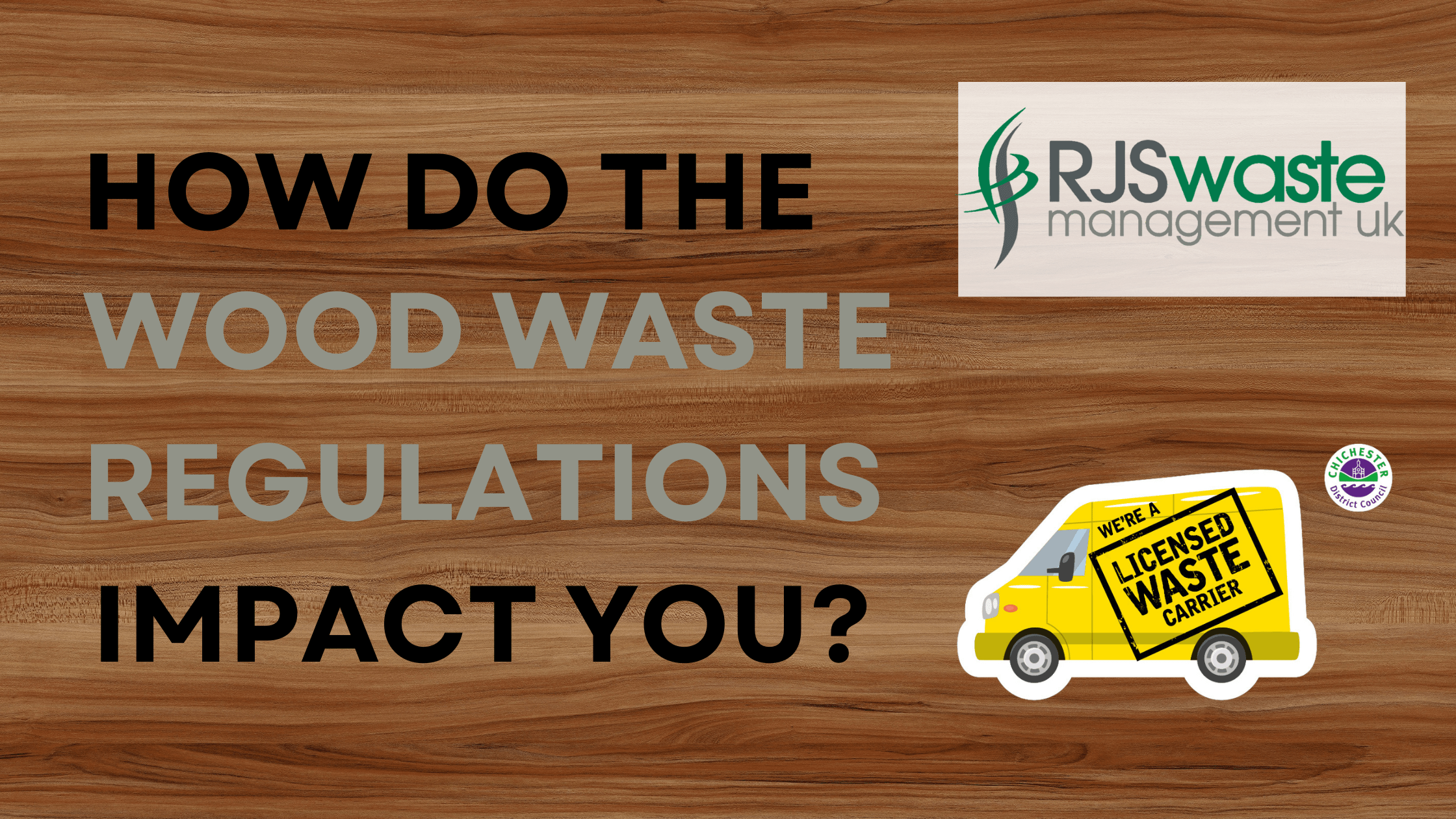
Although asbestos has been banned in the UK since 1999, the global removal of asbestos from the construction industry hasn’t been speedy or simple. What’s more, current asbestos disposal methods are not ideal and are causing more health and safety concerns. But it seems there’s hope for more sustainable waste management and construction on the horizon…
Asbestos removal from the US
It was only announced last month that the US now has a complete asbestos ban.
This comes over 35 years after the Environmental Protection Agency (EPA) was powerless against federal court to ban asbestos, with plenty of conspiracy theories along the way. In this time, more than 50 developed countries have prohibited its use.
Despite the benefits asbestos brings as a hardy fire-retardant material, the pros have never outweighed the cons. The health risks associated with inhaling asbestos fibres range from lung disease to fatal cancer.
Linda Reinstein, who has been an anti-asbestos advocate since her husband died after asbestos exposure, said:
“We’re the only Western industrial nation not to completely ban asbestos… What does that say about us as a country?”
EPA Administrator Michael Regan confirmed the ban applies only to chrysotile asbestos (white asbestos). However, experts predict the construction and manufacturing industries will turn to other asbestos types still not banned. Also, the use of white asbestos is still going to take up to 12 years to phase out.

Asbestos removal in the UK
It certainly took time to achieve asbestos removal from the UK’s construction industry. The UK’s use of asbestos began in the late 1800s and by the 1970s it was commonplace in construction. This was despite researchers publishing studies on asbestos risks since the early 20th century. It took until 1985 for a UK ban of blue and brown asbestos with a complete ban on all types in 1999.
This means builds before 2000 will likely contain Asbestos-Related Materials (ACMs). They must be treated cautiously and attended to by professionals when any maintenance, repairs or renovations are due.
There are certain industries more at risk of asbestos exposure here in the UK. But when it comes to buildings, everything from national landmarks to schools are of concern. As we reported last year, over 6 million tonnes of asbestos could still be found in around 1.5 million UK school buildings.
RJS Waste Management has built its excellent reputation on providing asbestos surveys for domestic, commercial, industrial and educational premises. We’re also known for our expert asbestos removal and disposal services in the areas close to our regional offices — Chichester, Oxfordshire, The Midlands and London.

Asbestos disposal for sustainable waste management
Unfortunately, the ban and removal of asbestos aren’t the end of our mounting problems. The way asbestos is disposed of puts a strain on the planet. But some progress in Europe shows hope for a more sustainable hazardous waste management future.
According to the European Asbestos Forum, around 200 million tonnes of asbestos has been produced globally — not including production in the last 10 years. With half used in Europe and the rest used worldwide.
Now it’s thought the EU’s ACMs are likely to exceed 100 million tonnes (European Commission). Worse still, asbestos is still being mined — around 1.3 million tonnes in 2022 — mostly in Russia and Kazakhstan (US Geological Survey).
Hazardous waste disposal regulations mean you can’t recycle asbestos. Most ends up in specialist landfill sites, buried under rubbish to trap the harmful fibres. It’s been estimated that annually in England more than 230,000 tonnes of waste containing asbestos is sent to landfill.
With campaigns for the removal of asbestos from non-residential buildings within 40 years, experts believe the process of asbestos disposal will take at least 25 years.
While the World Health Organization maintains there’s insufficient supportive evidence, there’s some concern asbestos disposed of at landfill sites can still enter the air and contaminate waterways.
What’s the answer? Three asbestos denaturing techniques have piqued the RJS Waste Management team’s interests…
In the Netherlands, large sheets of asbestos cement are broken down, wetted, milled and heated. An alkaline slurry dissolves asbestos fibres and the resulting material (calcium silicate hydrate) can be used to make concrete.
While in the south of France, Inertam uses technology to heat asbestos to a very high temperature and turn it into a glass-like substance. They can process 8,000 tonnes a year but it’s expensive.
Here in the UK, Thermal Recycling has spent more than 10 years perfecting an asbestos denaturing method. This uses heat to change its properties physically and chemically so it’s no longer harmful and can also be used as an alternative to concrete. His company has a permit from the Environment Agency to treat 29,500 tonnes a year.
Like us, Graham Gould, Chairman of Thermal Recycling, is frustrated with a slow advancement in the permanent removal of asbestos. He’s had interest in his denaturing techniques from other countries but says governments worldwide need to act:
“Asbestos is safer in a hole in the ground than in buildings, but it’s a temporary solution, once it’s in landfill it doesn’t degrade or degenerate, it is there forever”.

Your local asbestos removal experts
Did you know our specialist asbestos removal team is experienced and trained in the safe surveying, handling, collection and disposal of asbestos too?
Whether you’re doing renovations on your home or demolishing and remodelling an industrial unit, contact us for removal of asbestos and we’ll make your space safe and accessible.




